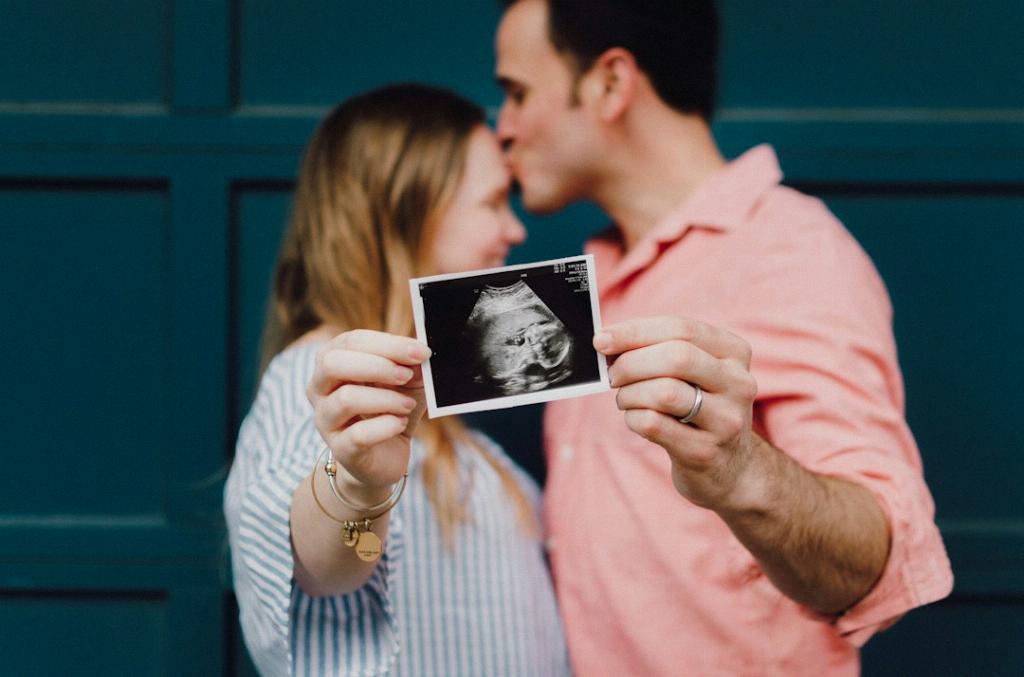One of the most common questions that may come to mind once you find out you’re pregnant is when to start using a pregnancy pillow. Well, the truth is, there’s no one-size-fits-all answer to this question. As your body goes through various changes during pregnancy, the need for extra support and comfort while sleeping becomes crucial.
Typically, most women find that around week 20 of their pregnancy is when using a pregnancy pillow starts to become a game-changer. This is usually the time when your belly begins to grow, and you may start to experience difficulties changing positions during sleep. It’s at this point that the support and alignment provided by a pregnancy pillow can make a significant difference in your overall comfort.
However, it’s essential to note that there is no strict rule on when you should start using a pregnancy pillow. Every woman’s body is different, and each pregnancy is unique. Some women may find the need for extra support earlier on, while others may not feel the need until later in their pregnancy.
Despite the lack of a specific timeline, there are certain signs that can indicate it’s time to introduce a pregnancy pillow into your nightly routine. If you’re having trouble getting comfortable in bed, constantly shifting positions, or waking up with aches and pains, these could all be indicators that a pregnancy pillow could benefit you.
Another factor to consider when deciding when to start using a pregnancy pillow is your preferred sleeping position. As your pregnancy progresses, sleeping on your back becomes increasingly uncomfortable and is not recommended due to the pressure it can put on your spine and major blood vessels.
For side sleepers, using a pregnancy pillow early on can help support your growing belly and relieve pressure on your hips and lower back. By providing the necessary support, a pregnancy pillow can help you maintain a more aligned and comfortable sleeping position, leading to better rest and overall well-being.
Furthermore, if you’re experiencing symptoms such as heartburn, shortness of breath, or swelling in your extremities, these discomforts can also be alleviated by using a pregnancy pillow. By elevating certain parts of your body while you sleep, you can help reduce these symptoms and get a more restful night’s sleep.
It’s essential to listen to your body and pay attention to how you’re feeling as your pregnancy progresses. If you’re struggling to get a good night’s sleep or waking up in discomfort, it may be time to consider using a pregnancy pillow to improve your sleep quality and overall well-being.
Ultimately, the decision of when to start using a pregnancy pillow is a personal one that depends on your individual comfort needs and sleeping patterns. Whether you choose to introduce a pregnancy pillow early on or later in your pregnancy, the key is to prioritize your comfort and listen to your body’s cues.
Remember, pregnancy is a unique journey for every woman, and there’s no right or wrong time to start using a pregnancy pillow. The most important thing is to find what works best for you and provides the support and comfort you need to get the restful sleep you deserve during this special time in your life.
So, if you’re wondering when to start using a pregnancy pillow, trust your instincts, listen to your body, and make the decision that feels right for you. After all, a good night’s sleep is essential for both you and your growing baby’s health and well-being.

